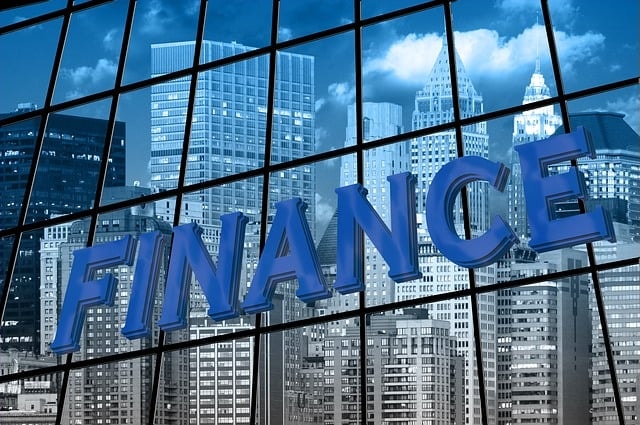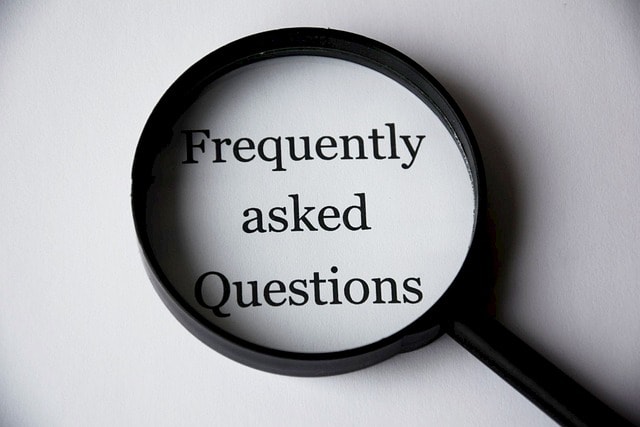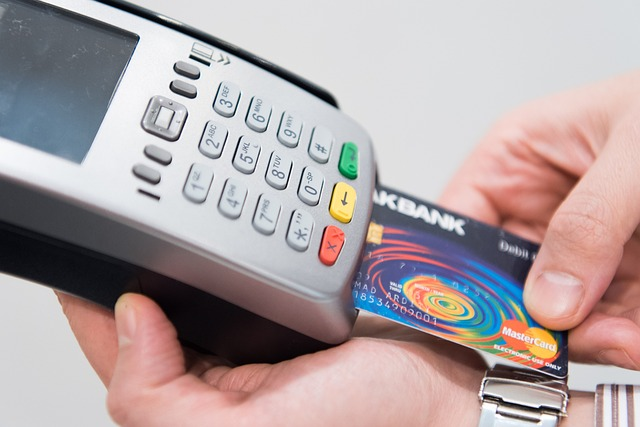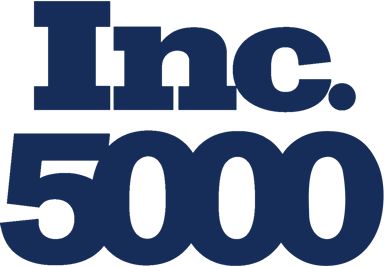What is Cross-Collateralization?
Cross-collateralization allows businesses to use existing collateral as security for multiple loans. This means a single asset can back several loans. For example, a small business may use its building and equipment to secure a commercial mortgage and a secured business loan.
A second mortgage is a common example of a cross-collateralized personal loan. A homeowner can use their property as collateral for the primary mortgage and a second personal loan. A cross-collateralized business loan works similarly where a business uses the same asset for multiple loans with the same lender. For example, if you have an equipment loan where the equipment is the collateral, you may be able to use that same equipment as collateral in a secured business term loan.
This practice helps businesses leverage their collateral effectively. Business loan lenders like banks, credit unions, and alternative lenders may consider cross-collateralized loans. Lenders may be more willing to consider a cross-collateralized loan if you’re in good financial standing and have a positive payment history on the primary secured loan.
Various types of financing can utilize cross-collateralization. Commercial mortgages are common in this area. These loans help businesses buy or refinance property. Secured business loans also benefit from this practice. They allow businesses to borrow against their assets, such as inventory or machinery.
Understanding how collateral works in different loan agreements is crucial. Not all lenders offer cross-collateralization options, and some may only accept specific types of collateral, like real estate or vehicles. Knowing the terms of a cross-collateralization agreement helps borrowers make informed decisions. Some secured business loan agreements might not allow the asset to be used in multiple loans.
How does Cross-Collateralization work in Small Business Lending?
Cross-collateralization allows small businesses to use the value of business assets to secure additional funding they might not otherwise be able to access. However, it increases risk because defaulting on one loan would result in the lender seizing the asset to cover the debt. This could affect other loans secured with that asset, resulting in multiple automatic defaults.
Some lenders may also allow small business owners to use personal assets, such as a car or home mortgage, as collateral in business loans. However, it’s typically recommended to keep these finances and assets separate.
Here’s how cross-collateralization works:
Step 1: The borrower applies for a business loan from a lender and offers up an asset, such as real estate or equipment, as collateral.
Step 2: The lender approves the loan based on the value of the collateral provided by the borrower.
Step 3: If the borrower needs additional financing, they can request a cross-collateralized loan from the same lender using the same asset as collateral.
Step 4: The lender assesses the asset’s value and determines whether it is sufficient to secure both loans.
Step 5: If approved, the lender will create a new loan agreement that includes both the original loan and the additional financing, with the asset serving as collateral for both loans.
Step 6: The borrower is now responsible for repaying both loans and if they default, the lender has the right to seize the collateral to recoup their losses.
Automatic Cross-Collateralization
Some lenders, particularly credit unions, may incorporate automatic cross-collateralization in their loan agreements to mitigate risk. This means that assets securing one loan can also be used to secure other loans with the same lender, providing additional security for the lender in case of default. Borrowers should be aware of this practice and understand how it may impact their ability to access credit in the future.
Loan-to-Value Ratio
The loan-to-value (LTV) ratio is crucial in cross-collateral loans as it helps lenders assess the risk associated with the loan. A lower LTV ratio indicates less risk for the lender, as there is more collateral to cover the loan amount in case of default. Conversely, a higher LTV ratio may indicate a higher risk for the lender, potentially leading to stricter terms or higher interest rates.
What are the advantages of Cross-Collateralization?
Cross-collateralization can lead to lower interest rates. Lenders often see less risk when they have multiple assets as collateral. This can result in more favorable loan conditions for business owners.
With cross-collateralization, businesses enjoy favorable terms on their loans. These terms may include more extended repayment periods or reduced fees, which help businesses manage their cash flow better.
Securing multiple loans becomes easier with cross-collateralization. By using the same assets, borrowers streamline the process. They do not need to provide different collateral for each loan. This saves time and effort.
Using cross-collateralized loans can be cost-effective. They allow businesses to leverage their existing assets without needing additional capital, which means less upfront costs and better resource use.
What are the disadvantages of Cross-Collateralization?
Cross-collateralization can lead to several complications for small businesses. One major downside is that it ties multiple assets to one loan agreement. If a company defaults on a cross-collateral loan, all collateralized assets may be at risk, increasing the potential for significant losses.
If a business struggles with debt, cross-collateralization can worsen its financial situation. The interconnectedness of loans means that one missed payment can affect other loans secured by the same collateral, creating a domino effect that can spiral out of control.
The risks of cross-collateralization also include limited borrowing capacity in the future. Once assets are tied up as collateral, businesses may have trouble securing additional funding when needed. This restriction can hinder growth opportunities and create more challenges.
Cross-Collateralization Pros & Cons
Pros:
- Allows for higher loan amounts by leveraging the same asset for multiple loans.
- Can potentially result in lower interest rates due to reduced risk for lenders.
- Provides flexibility in managing multiple financing needs with a single asset.
Cons:
- Increases the risk of losing the asset if one loan defaults.
- Limits the ability to use the asset as collateral for other purposes.
- Complexity in managing multiple loan agreements and payment schedules.
How do I avoid a Cross-Collateralized Business Loan?
Here are some strategies to avoid or get out of a cross-collateralized business loan.
Understand Your Agreement
Loan agreements can be complex. Many loan products may include cross-collateralization, which means your assets secure multiple loans. Understanding the terms is crucial. Review your agreement carefully and identify which loans are affected.
Communicate with Your Lender
Talk to your bank or lender. Open communication can help. They may offer options to restructure your loans. Discuss the possibility of releasing collateral. Sometimes, lenders agree to this if you pay down part of the debt.
Pay Off Debt
Paying off one or more loans can help reduce cross-collateralization. Focus on secured loans first, as paying them off can release some collateral.
Consider Refinancing
Refinancing may be a good option. A new loan could replace your existing debt. Look for better terms that don’t involve cross-collateralization. This strategy can simplify your financial situation.
Frequently Asked Questions
Here are the most common questions about cross-collateralization in small business loans.
Is Cross-Collateralization legal?
Cross-collateralization is generally legal but can vary depending on the specific terms and conditions set forth in the loan agreement. Borrowers must carefully review all documentation before agreeing to cross-collateralize assets to ensure they understand the implications and potential risks involved. Seeking legal advice may also be beneficial in understanding the legality and consequences of cross-collateralization.
How does Cross-Collateralization work for a Commercial Mortgage?
Cross-collateralization can refer to two different things in commercial real estate loans. It can mean using commercial property as collateral in multiple loans or using multiple properties as collateral to secure a single loan.
In this scenario, the lender has the right to seize any properties in case of default. The main benefit of this type of commercial mortgage cross-collateralization is that it can potentially increase the business’s borrowing capacity since it uses multiple assets as collateral. This can also lead to lower interest rates as the lender has more security.
However, there are risks involved with this type of cross-collateralization. If one property’s value decreases significantly, it could put all the properties at risk as they are all tied together. Additionally, if the borrower defaults on the loan, they could potentially lose multiple properties instead of just one. It’s essential for borrowers to fully understand the implications of cross-collateralization before agreeing to this type of loan structure.
Is Cross-Collateralization a good or bad idea?
Cross-collateralization is a financial tool that can be beneficial or harmful, depending on how your business manages the debt. If you can make all loan payments on time, you’ll benefit from lower interest rates and better terms.
However, late payments or defaults can put the collateral at risk, which means you could default on other loans secured with that asset. The crucial thing to remember is to check your loan agreements for information on cross-collateralization and having a financing plan to repay all business loans.
What are my alternatives to Cross-Collateralization?
Small business owners have several alternatives to cross-collateralization.
Unsecured Business Loans: An unsecured loan does not require collateral. While this may lead to a higher interest rate or shorter term, it protects your assets. You’ll typically need strong cash flow for unsecured business loans to demonstrate your ability to repay the loan without the security of collateral.
Use Other Assets: Another option is to use a different asset to secure the loan. For example, if you’re using a commercial property for a commercial mortgage, you could consider pledging equipment or inventory as collateral for a different business loan.
Alternative Funding Options: You could also consider alternative funding options like a merchant cash advance, revenue-based financing, or invoice factoring. These funding methods typically don’t require collateral because repayment comes directly from future revenue.
What is Cross Collateralization in Small Business Loans – Final Thoughts
Cross-collateralization can be a double-edged sword for your small business. It offers benefits like better loan terms and access to more funds, but it also carries risks that can impact your financial future. Understanding how it works helps you make informed choices.
Be sure to weigh the pros and cons carefully. Explore alternatives if cross-collateralization doesn’t fit your needs. Your financial health is crucial, so consider all options before committing. However, with proper planning and financial prudence, cross-collateralization can help your business unlock funding to fuel growth.
Contact us if you have more questions about cross-collateralization or to apply for a small business loan. Our alternative financing experts can help you find the best funding options for your business needs.













